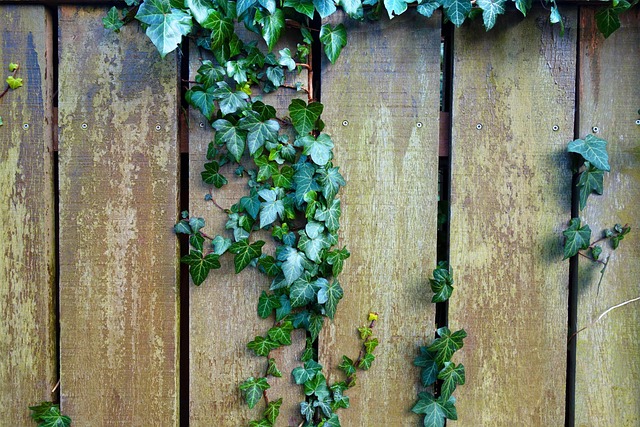Introduction:
Enhancing your outdoor space starts with caring for your wooden fence. Fence staining and sealing are essential processes that not only improve aesthetics but also protect your fence from the elements. This comprehensive guide delves into the intricacies of fence staining, from understanding its benefits and exploring various types to mastering preparation techniques. We’ll navigate color choices, application methods, and the critical step of sealing for lasting durability. By following these insights, you’ll transform your wooden fence into a captivating feature that stands the test of time.
- Understanding Fence Staining: Benefits and Types
- Preparing Your Wooden Fence for Staining
- Choosing the Right Stain: Color and Formula
- Application Techniques for Optimal Results
- Sealing for Durability: Steps and Tips
Understanding Fence Staining: Benefits and Types
Fence staining is a popular choice for enhancing the appearance and protecting wooden fences. It involves applying a colored sealer or pigment to the fence’s surface, offering numerous advantages. Firstly, it provides an attractive finish that can transform an ordinary fence into a visually appealing feature of your outdoor space. Staining allows you to choose from various colors, ensuring your fence complements your home’s aesthetic or stands out as a bold design element.
There are two primary types of fence staining: semi-transparent and solid. Semi-transparent stains allow some wood grain to show through, providing subtle color while still allowing the natural beauty of the wood to be seen. This option is ideal for those who want to preserve the wood’s texture and achieve a more organic look. Solid stains, on the other hand, offer complete coverage, creating a vibrant, even color that completely masks the wood. It’s a great choice if you desire a bold, new appearance with enhanced protection against elements like UV rays and moisture.
Preparing Your Wooden Fence for Staining
Preparing your wooden fence for staining is a crucial step to ensure optimal results and the longevity of your fence. Start by thoroughly cleaning the fence to remove any dirt, dust, or debris that might hinder the stain’s adhesion. Use a pressure washer or a brush with mild detergent to scrub the surface gently but effectively. Pay special attention to areas with mildew, mold, or previous stains, as these can affect the new application.
Once cleaned, inspect the fence for any damaged or loose boards and repair them as needed. Fill in any gaps or cracks using appropriate wood putty or filler. Sanding the fence lightly after repairs ensures a smooth surface ready to absorb the stain evenly. Remove all sanding dust before proceeding to the staining process.
Choosing the Right Stain: Color and Formula
Choosing the right stain is the first step in enhancing the beauty and longevity of your wooden fence. Consider the color you desire—from natural shades that highlight wood grain to vibrant hues that add a bold aesthetic. Dark colors absorb more light, making fences appear blacker but also requiring more maintenance, while lighter tints reflect sunlight, reducing heat absorption and fading.
Formula is another crucial factor. Stains can be oil-based or water-based, with the former offering deeper, richer colors but needing more time to dry and often emitting strong fumes. Water-based stains are easier on the environment, faster drying, and emit milder odors. They might not penetrate as deeply, but they’re suitable for various climates and wood types.
Application Techniques for Optimal Results
For optimal results with fence staining and sealing, understanding application techniques is key. Begin by preparing the wood surface thoroughly; this involves cleaning the fence to remove dirt, mold, and mildew using a pressure washer or brush. Sanding the wood slightly can also help create a smoother finish and better adhesion for the stain.
Choose the right tools for application: brushes, rollers, or sprayers, depending on the size of your fence and desired coverage. Ensure even coating by overlapping strokes with a roller or brush, or use a sprayer for a more uniform, faster application. Let the first coat dry completely before adding additional coats to achieve the desired color depth and protection.
Sealing for Durability: Steps and Tips
To ensure your wooden fence stays vibrant, durable, and protected from the elements, sealing is a crucial step after staining. Here’s a simple guide to help you achieve long-lasting results:
1. Choose the Right Sealer: Select a water-based or oil-based sealer based on your fence’s material and environmental conditions. Water-based sealers are easier to clean and dry faster, while oil-based options offer better protection against UV rays and harsh weather.
2. Prepare the Surface: Before applying the sealer, ensure your fence is clean, dry, and free from any debris or previous coatings. Lightly sand rough areas to create a smooth surface for even sealer penetration.
